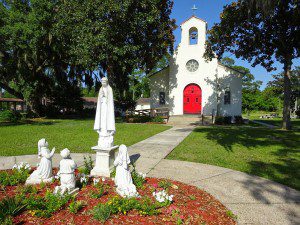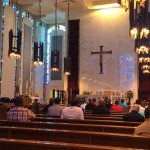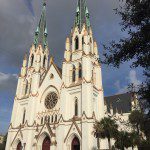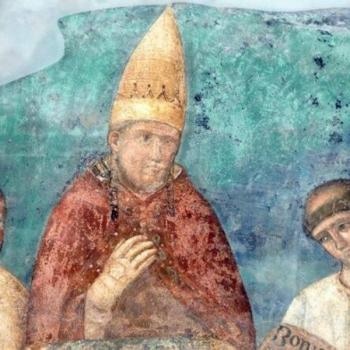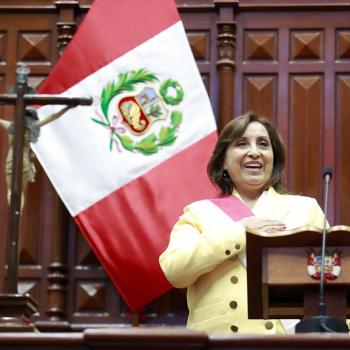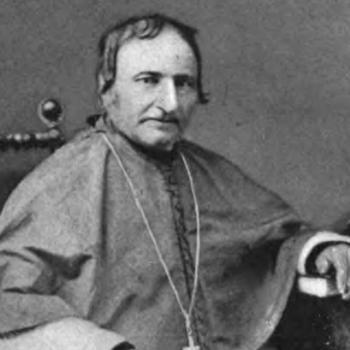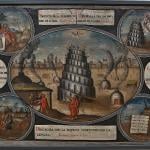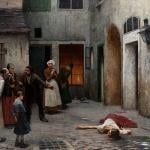Long before the English colony of Georgia existed where Catholics were forbidden, Spanish missions linked to the cities of San Agustin, Florida and La Havana, Cuba marked the Georgia coast. Beginning in 1568, almost two hundred years before James Oglethorpe founded the city of Savannah, fearless Catholic missionaries established a network of missions to evangelize the Guale nation.
This past weekend, I traveled with my bishop to three parishes located where Spanish missions once stood: Nativity of Our Lady, Darien, Our Lady Star of the Sea, Saint Marys, and Saint William, Saint Simon Island. Almost five hundred years later, the presence of the Catholic Church continues as she announces the Good News of Jesus Christ.
Older and larger than the better known California missions of the 18th century, there are minimal physical remains of the Georgia missions which marked the northernmost limit of Spanish civilization along the Atlantic Coast. For almost forty years, Dr. David Hurst Thomas of the American Museum of Natural History in New York City has led archaeological explorations and investigations at Saint Catherine Island, an island with only two permanent residents. In the late 1970s, Dr. Thomas called Bishop Lessard of Savannah with exciting news, “I have found the oldest church in Georgia, and it’s a Catholic church.” He had found the Santa Catalina de Guale Mission founded by Franciscan Friars in the 16th century and destroyed in 1597 in an uprising. Rebuilt soon after, it stood until an English-led slave raid from Charleston in 1687 destroyed it completely. Many of the Guale were taken as slaves by the English.
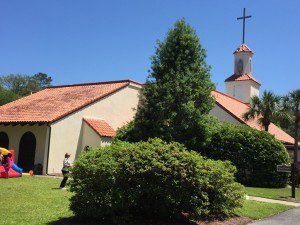
The last recorded sighting of Santa Catalina de Guale Mission was in 1687 when an English captain recorded seeing ruined buildings and corn fields on the island. Dr. Thomas identified a Spanish well, the kitchen, the friary, and the church buried under fourteen inches of hurricane debris. The mission was organized around a central plaza with significant town planning according to Spanish ordinances. Archaeologists have noted that Santa Catalina was not an insignificant outpost, but rather, it was organized as every other Spanish colony of its time.
The Georgia missions formally came to an end in 1706 when the remaining missionaries, pushed south by the growing English presence along the Atlantic coast, crossed the Saint Mary River into Florida with the remaining faithful. The Guale descendants who lived in the missions eventually migrated to Cuba.
In 1984, Bishop Lessard reconsecrated the church and gave proper burial to the 432 bodies found underneath the church. Beautiful palm trees now mark the site where the mission church once stood. Climate change and rising water levels have put the site at risk. Dr. Thomas believes that the remains of the church will be lost in less than 100 years.
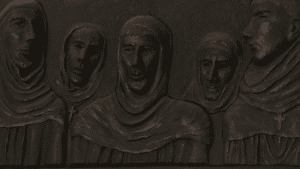
The mission on Saint Catherine Island was the site of the martyrdom of two Franciscan Friars in 1597. Dr. Thomas believes that their grave has been recently identified, research is still being conducted. In the span of a few days in September, a total of five friars were martyred at different locations. Archaeologists have found no evidence of Guale animosity towards the Spanish missionaries, but have realized there were many disputes between the native inhabitants. Dr. Thomas argues that the Franciscans may be considered a peace corps that interceded between warring native groups. In 1597, Fray Pedro de Corpa who was stationed at Nuestra Señora de Guadalupe de Tolomato Mission near present-day Darien, insisted that those baptized should be faithful to their spouses by living in monogamous relationships. The heir to the local chief, Juanillo, openly took a second wife. When confronted, Juanillo gathered a group of men and murdered Fray Pedro and the other friars who lived in nearby missions. Fray Miguel de Añon and Fray Antonio de Badajóz were martyred at Saint Catherine Island. These five friars died as defenders of the sacredness of marriage.
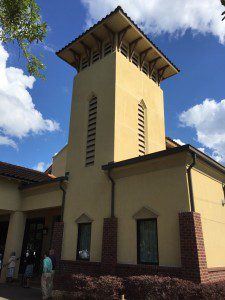
In 1984 Bishop Lessard of Savannah formally opened the beatification process for the Georgia Martyrs and the results of the investigation were presented to Rome in 2007. Working with the Holy Name Province of the Franciscan Friars, the process has advanced at the Congregation for the Causes of Saints so these men may be counted as martyrs and blessed.
The story of the Georgia missions has been neglected. If told, it is often filled with overt negativity directed towards the Spanish and the Catholic Church. Dr. Thomas believes that this history is important because it transcends historical biases and stereotypes while telling a story many do not know. He argues that it helps involve descendant communities of the Guale, and puts history in the active voice. The missions are not only something of the past, but they challenge our present understanding of history. Christianity was first preached in Georgia by Catholic friars who linked coastal Georgia to the great Spanish empire of the 16th and 17th centuries.
Fray Pedro de Corpa, pray for us
Fray Blas de Rodríguez, pray for us
Fray Antonio de Badajóz, pray for us
Fray Miguel de Añon, pray for us
Fray Francisco de Veráscola, pray for us
All the pictures are mine, all rights reserved.


